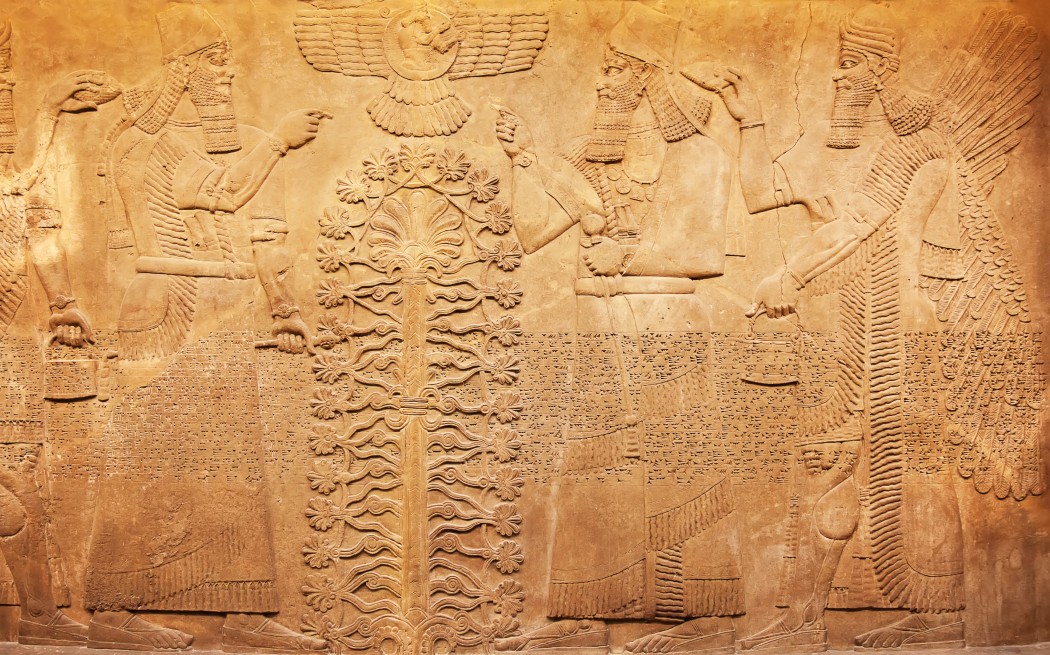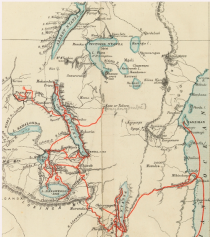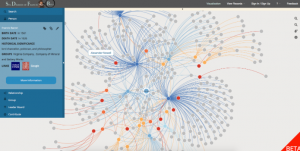For our transcription project, we transcribed a memoir written by Elizabeth Grundy. She wrote about her life, and how her mother died when she was young. She also mentioned how when she was married her husband died as well. After this, her son, William, then died. She writes this memoir to tell us her difficult life and how she struggled to continue her belief in God and her faith. My group and I transcribed her whole memoir, and throughout our process, we used Voyant tools to see how the words in the document are used and their frequency. We came up with a research question, and ours is, “How does the frequency of key terms change throughout the document?” There are so many tools on Voyant that helped us answer this question. Three specific tools that we used that especially helped us were cirrus, streamgraph, and word tree. These three tools specialize on word frequency and that is why they were so accurate for our research. Cirrus is something that creates a word bubble based on the frequent words. The bigger the words appear in the bubble, the most they appear in the document. This helps us to indicate the frequent words. In the Whitley reading, he also creates a cirrus called “Song of Myself”. He doesn’t call it a cirrus, he calls it a word cloud, but they are the exact same thing. Below is an image of the cirrus that was created from our memoir words.

The other two tools that we used that help us answer the other part of our question are stream graph and word tree. Streamgraph shows the change of frequency for a specific word, throughout the whole document. This gives us the information we want by showing us the change throughout the memoir, instead of just in general. It also compares it to the other frequent words in that area of the document. For example, like in this quote, “Savior would raise you up even more;” she replied: “Do not keep me back, let me go freely; it will be best for me now; I want to be gone and to see my Dear Savior.” You can see that Savior is used a lot in this certain part of the text, but right before this part, it isn’t used for a whole page. This shows how the key words change throughout the memoir. Similar to stream graph, in the Whitley reading, he mentions how he uses scatterplots to see the different patterns of data points on the different axises. Below is an image of the streamgraph based off of the memoir.

The other tool, and the last one, that helped answer our question, was word tree, below. This tool shows the words that come before and after the key terms, or the collocate.

This helps because it gives us the context of the key word, and it can even tell us when Elizabeth Grundy was saying at the point in the memoir. Like in the Whitely reading, and in many other parts of writing, tools like these can be helpful for so many different things.
Caroline Walsh is a sophomore at Bucknell University and is from Needham, Massachusetts. She has two sisters, including an identical twin, who also attend Bucknell. Caroline is a member of the women’s lacrosse team on campus and enjoys hanging out with her friends.



